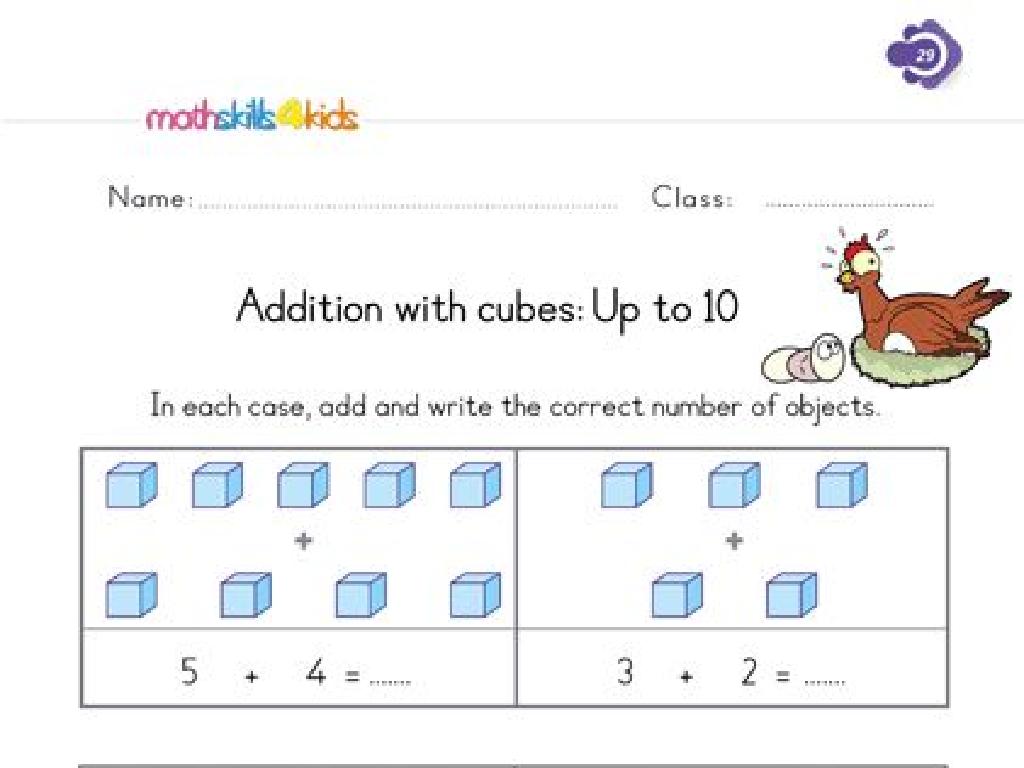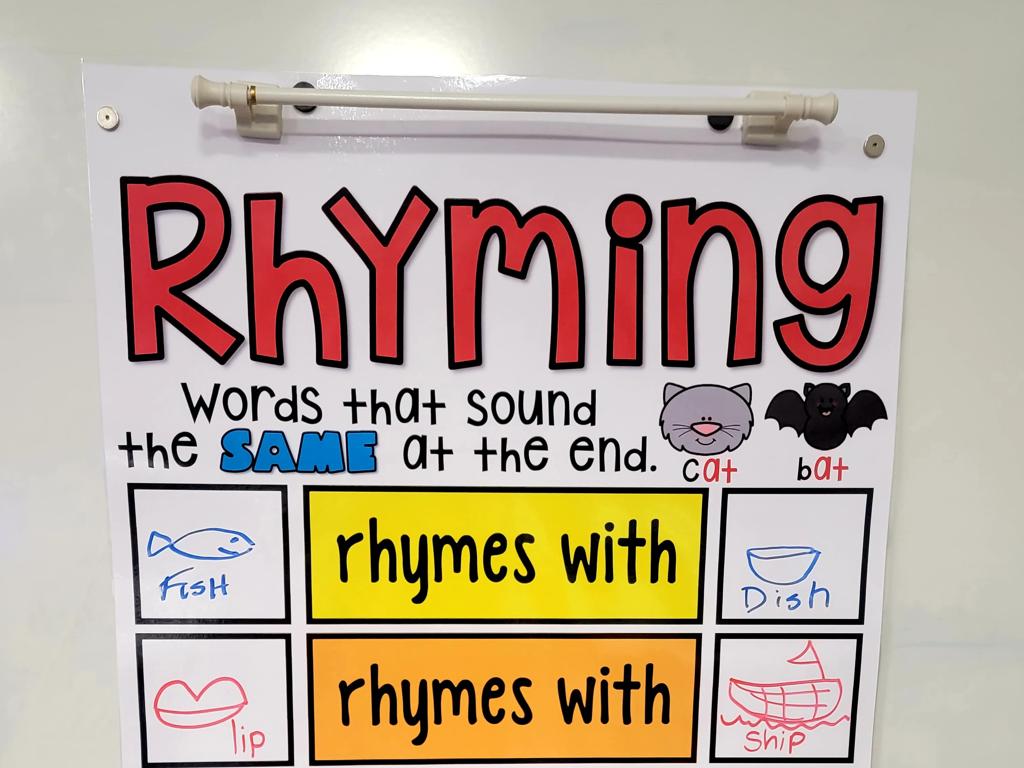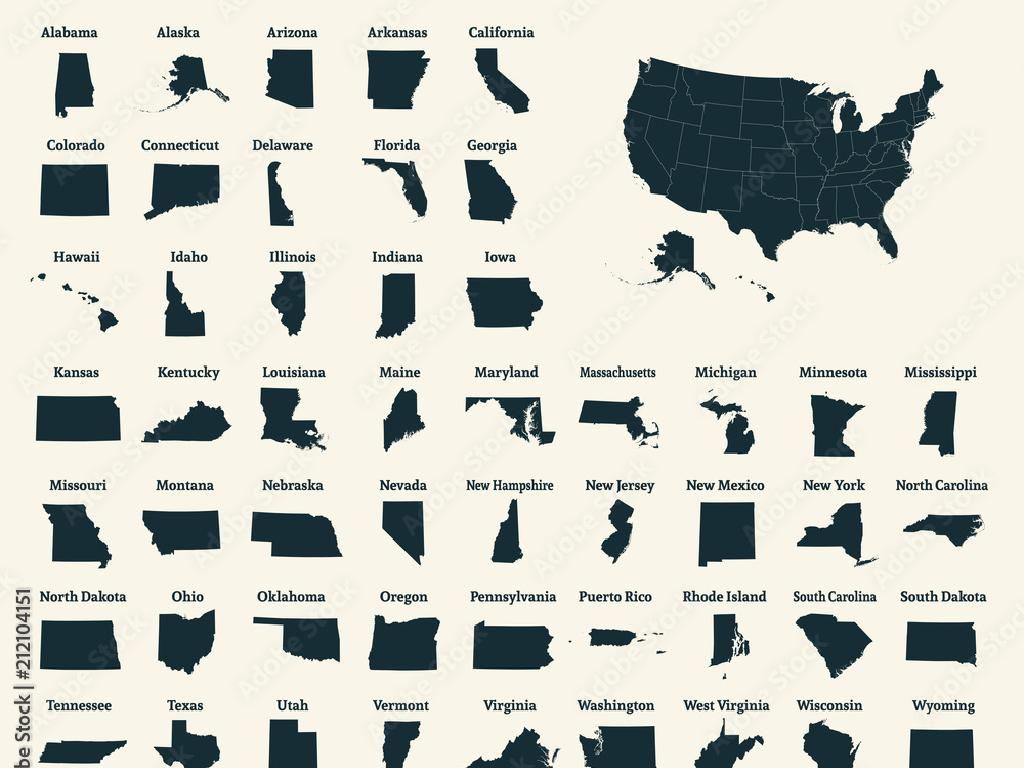Put Decimal Numbers In Order
Subject: Math
Grade: Fifth grade
Topic: Compare Decimals
Please LOG IN to download the presentation. Access is available to registered users only.
View More Content
Putting Decimal Numbers in Order
– Understanding decimal place values
– Each place after the decimal represents a fraction of 10
– Comparing decimals to put them in order
– Look at the highest decimal place to compare two decimals
– Real-life importance of ordering decimals
– Used in money, measurements, and time
– Practice activity: Ordering decimals
|
Begin the lesson by explaining the concept of decimal place values, emphasizing that each place represents a fraction of 10 (tenths, hundredths, thousandths, etc.). Then, demonstrate how to compare decimals by aligning them vertically and comparing from the highest place value down. Discuss the practical applications of ordering decimals, such as in financial transactions, scientific measurements, and keeping track of time. Conclude with a hands-on activity where students practice putting a list of decimal numbers in order from least to greatest, reinforcing the day’s lesson. This will help solidify their understanding and show them how decimals are relevant in everyday life.
Understanding Decimals
– What is a decimal number?
– A number with a whole and fractional part, separated by a dot
– Parts of a decimal number
– Whole numbers left, fractional numbers right of the decimal point
– Decimals represent fractions
– Numbers right of the point are less than one
– Examples of decimal numbers
– 0.5 is half, 2.75 is two and three-quarters, 3.09 is three and nine hundredths
|
This slide introduces the concept of decimal numbers to fifth-grade students. Begin by explaining that a decimal number consists of two parts: a whole number and a fractional part, separated by a decimal point. Emphasize that the digits to the right of the decimal point represent values smaller than one whole, which are actually fractions. Provide examples such as 0.5, which means half, 2.75, which is the same as two whole numbers plus three-quarters of another, and 3.09, which represents three whole numbers and nine hundredths of another. Encourage students to think of decimals as another way to write fractions and to visualize them using money or measurements for a better understanding.
Understanding Decimal Place Values
– Every decimal digit has a place
– Decimal places: Tenths, Hundredths, etc.
– Tenths are 1/10, Hundredths are 1/100
– Each place is ten times smaller than the last
– Like 0.3 is ten times bigger than 0.03
– Comparing decimals using place value
– Line up decimals and compare digits by place
|
This slide introduces the concept of place value in decimals, which is foundational for understanding how to order them. Emphasize that just like whole numbers, the position of a digit in a decimal number determines its value. The places to the right of the decimal point represent tenths, hundredths, thousandths, and so on, with each place being ten times smaller than the one before it. Use visual aids to show this progression and provide examples. When comparing decimals, teach students to line up the decimal points and start comparing from the leftmost digit. Practice with examples, and prepare exercises where students can apply this knowledge to order decimals.
Comparing Decimal Numbers
– Start with the largest place value
– Look at the whole numbers first, then tenths, hundredths, etc.
– Larger digit means larger number
– Compare 0.5 and 0.8: Since 5 < 8, 0.5 is less than 0.8
– Same digits? Move right
– For 0.65 and 0.651, both have '6' in tenths, so compare hundredths
– Practice with examples
|
When teaching fifth graders to compare decimals, start by explaining the importance of place value. Emphasize that they should always begin comparing from the leftmost digit, which is the largest place value, and proceed to the right. If they encounter different digits, the number with the larger digit in the current place value is greater. If the digits are the same, they should continue to the next place value to the right until they find a difference. Provide several examples to practice, starting with simple ones and gradually increasing complexity. Encourage students to explain their reasoning as they compare each set of numbers.
Let’s Practice Comparing Decimals!
– Compare two decimals: 0.65 vs 0.56
– Which decimal is greater? Look at the tenths place first.
– Order decimals: 0.7, 0.68, 0.9
– Arrange the numbers. Check the tenths place, then hundredths if needed.
– Start with the highest place value
– The first digit after the decimal point is the tenths place.
– Use place value to determine size
– Place value helps us see which decimal is larger or smaller.
|
This slide is a class activity to help students practice comparing and ordering decimal numbers. Start by explaining that when comparing decimals, we look at the highest place value first, which is usually the tenths place. For example 1, guide students to see that 0.65 has a larger digit in the tenths place than 0.56, making it greater. For example 2, instruct students to compare the tenths place of each number to order them from smallest to largest. If the tenths are the same, then compare the hundredths. The correct order is 0.68, 0.7, 0.9. Encourage students to practice with additional examples and to explain their reasoning. This activity will reinforce their understanding of place value and how it determines the size of decimal numbers.
Ordering Decimal Numbers
– Compare decimals two at a time
– Align decimals by points
– Ensure all decimal points are vertically aligned
– Start from leftmost digit
– The first digit of each number is the most significant
– Move right to compare digits
– If digits are the same, compare the next digit to the right
|
When teaching students to order decimal numbers, start by explaining the importance of comparing two numbers at a time to avoid confusion. Emphasize the need to line up the numbers by their decimal points to ensure accurate comparison. Begin with the leftmost digit, as it holds the greatest value, and proceed to the right, comparing digits in the same place value. If the digits are the same, move to the next digit to the right until a difference is found. Use examples on the board and provide practice problems where students can apply these steps to order a set of decimal numbers.
Activity Time: Decimal Ordering Challenge
– Arrange decimals least to greatest
– Order: 0.215, 0.25, 0.3, 0.33
– Work in pairs to discuss strategy
– Class review of correct order
– Understand decimal places
– Recognize the value of each decimal place
|
This class activity is designed to help students understand the concept of ordering decimal numbers. Provide students with the decimals 0.3, 0.25, 0.215, 0.33 and instruct them to arrange these from least to greatest. Encourage them to work in pairs to foster collaboration and discussion about their strategies for ordering. After they have had time to work on the activity, bring the class together to review the correct order and discuss the different strategies used. Emphasize the importance of understanding decimal places and their values in determining the order of decimal numbers. Possible variations of the activity could include using different sets of decimals, timing the activity for a fun challenge, or having students explain their reasoning to the class.
Real-Life Applications of Decimal Numbers
– Decimals in daily life
– Decimals in money
– Think of cents as part of a dollar
– Comparing prices
– Which is least: $3.99, $4.05, or $3.95?
– Finding the best deal
– Use decimals to save money while shopping
|
This slide aims to show students how decimals are not just numbers on a page, but are used in everyday life, especially in money transactions. Understanding how to put decimal numbers in order helps in practical situations like shopping. For example, when comparing prices of items, knowing that $3.95 is less than $3.99, even though the difference seems small, can help in making smarter purchasing decisions. Encourage students to think of other examples where they use decimals, such as in measuring ingredients for a recipe or calculating time. This real-world connection reinforces the importance of the lesson and makes the concept of decimals more relatable and easier to grasp.
Class Activity: Price Tag Challenge
– Arrange price tags least to most
– Sort items by price using decimals
– Share your answers with the class
– Discuss your order with classmates
– Explain your reasoning
– How did you decide the order?
|
This activity is designed to help students practice putting decimal numbers in order by comparing prices. Provide a set of price tags with various items and prices listed in decimal form. Students will arrange these tags from the least to the most expensive, reinforcing their understanding of decimal place value. After sorting, students will share their arranged price tags with the class and explain the process they used to determine the order. This will help them articulate their understanding and reasoning. For the teacher: Prepare diverse price tags beforehand, ensure that some prices have different numbers of decimal places to challenge students, and consider having different sets for groups to ensure that each group has a unique experience.
Conclusion & Homework: Ordering Decimals
– Excellent work on decimal ordering!
– Complete the Decimal Ordering Worksheet
– Practice makes perfect! Try to order decimals from least to greatest.
– Bring questions to the next class
– Don’t hesitate to ask if something is unclear.
– Keep practicing at home!
|
Students have learned how to order decimal numbers today. For homework, they are assigned a worksheet to reinforce their understanding. Remind them that practice is key to mastering this skill. Encourage them to attempt the worksheet independently but also to make a note of any difficulties they encounter. In the next class, allocate time to address these questions. This will help ensure that all students are confident in ordering decimals before moving on to more complex topics.






